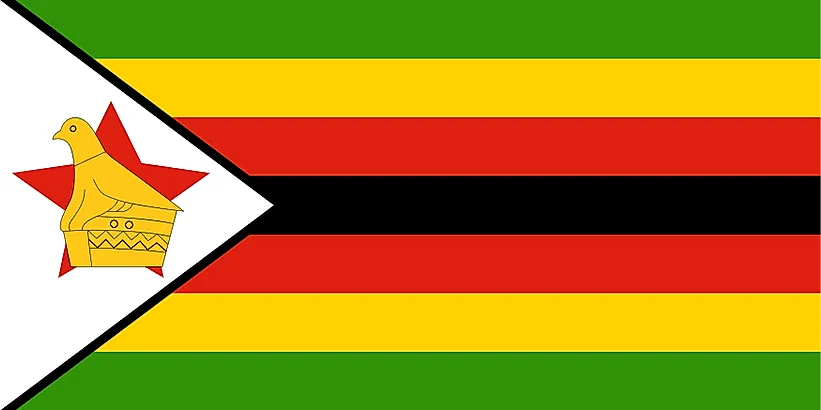
ジンバブエ
| 大陸 | アフリカ |
| 資本金 | ハラレ |
| 人口 | 14,546,961 |
| GDP | $28.33億ドル |
| 一人当たりGDP | $1,700 |
| ダイヤルコード | +263 |
| ISOコード(2文字) | ZW |
| ISOコード(3文字) | ZWE |
Zimbabwe Landscapes






About Zimbabwe
Welcome to Zimbabwe, a nation of remarkable heritage and natural beauty. With approximately 14.8 million people across 390,757 square kilometers, Zimbabwe combines ancient architectural marvels with diverse wildlife and rich cultural traditions.
地理的特徴と自然の美しさ
Zimbabwe’s geography features diverse landscapes including the Eastern Highlands, the Zambezi Valley, and the Limpopo Basin. The country’s terrain ranges from mountains to savannas.
Natural attractions include Victoria Falls (locally known as Mosi-oa-Tunya), shared with Zambia, the Matobo Hills with their distinctive rock formations, and Lake Kariba, one of the world’s largest artificial lakes.
Protected areas encompass numerous national parks, including Hwange National Park, home to one of Africa’s largest elephant populations. The country’s commitment to conservation supports diverse wildlife and ecosystems.
文化遺産と伝統
Zimbabwean culture reflects rich traditions of the Shona, Ndebele, and other ethnic groups. The country’s heritage includes the Great Zimbabwe ruins, a UNESCO World Heritage site demonstrating advanced ancient architecture.
Traditional arts feature stone sculpture, pottery, and basket weaving. Cultural practices include ceremonies like the Bira and Rain Dance, along with vibrant music and dance traditions.
Zimbabwean cuisine centers around sadza (cornmeal porridge) accompanied by various meat and vegetable dishes. Traditional practices emphasize community bonds and respect for elders.
歴史の旅
Zimbabwe’s history spans from ancient civilizations through colonial period to independence. The Great Zimbabwe civilization flourished between the 11th and 15th centuries, leaving remarkable stone structures.
Key periods include the Rozwi Empire, British colonization as Southern Rhodesia, the liberation struggle, and independence in 1980. The country’s journey reflects resilience and determination.
現代の経済状況
Zimbabwe’s economy focuses on agriculture, mining, and tourism. The country possesses significant mineral resources including gold, platinum, and diamonds.
Recent initiatives emphasize economic recovery, agricultural development, and infrastructure improvement. Zimbabwe’s educated workforce and natural resources support its development potential.
国際関係とグローバルポジション
Zimbabwe participates actively in African organizations while working to strengthen global partnerships. The country’s cultural heritage and resources contribute to its regional significance.
ご存知でしたか?
• The Great Zimbabwe ruins represent the largest ancient stone structures in sub-Saharan Africa?
• Zimbabwe has the second-largest elephant population in Africa?
• The country features one of the world’s largest concentrations of rock art?
• Victoria Falls creates the largest curtain of falling water in the world?
結論
Zimbabwe embodies a unique blend of ancient heritage and natural wonders. From its remarkable stone ruins to its diverse wildlife, from its traditional ceremonies to its modern aspirations, Zimbabwe continues to evolve while preserving its cultural legacy. As it addresses contemporary challenges and pursues economic recovery, Zimbabwe remains committed to building on its rich heritage while creating new opportunities for its people.